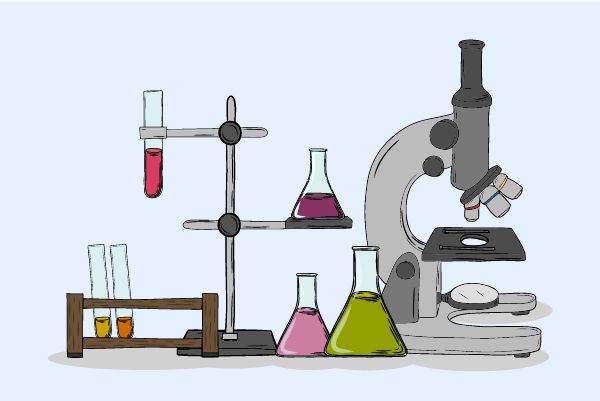Deep Scientific Insights on Cefaclor's R&D Progress, Mechanism of Action, and Drug Target
Cefaclor's R&D Progress
Cefaclor is a small molecule drug that belongs to the class of antibiotics known as cephalosporins. It primarily targets penicillin-binding proteins (PBPs) to exert its therapeutic effects. The drug has been approved for use in various therapeutic areas, including infectious diseases, hemic and lymphatic diseases, mouth and tooth diseases, otorhinolaryngologic diseases, respiratory diseases, and skin and musculoskeletal diseases.
Cefaclor has shown efficacy in treating a range of bacterial infections, including acute bronchitis, lymphadenitis, otitis media, pharyngolaryngitis, pyoderma, secondary infection, skin and skin structure infections, tonsillitis, and other bacterial infections. It is commonly prescribed for both adults and children.
The drug was originally developed by Eli Lilly & Co., a renowned pharmaceutical organization. It received its first approval in the United Kingdom in August 1978, making it a well-established medication with a long history of use. Cefaclor has also obtained approvals in other countries globally, indicating its widespread acceptance and recognition.
In terms of its development status, Cefaclor has reached the highest phase of clinical trials, with approvals granted globally. This signifies that the drug has successfully undergone rigorous testing and evaluation.
Cefaclor's approval and long-standing presence in the market highlight its importance in the treatment of various bacterial infections. Its broad therapeutic areas of application make it a versatile drug that can address multiple medical conditions. As a small molecule drug, it is likely to have a well-defined chemical structure and mechanism of action, contributing to its effectiveness.
👇Please click on the image below to directly access the latest data (R&D Status | Core Patent | Clinical Trial | Approval status in Global countries) of this drug.
Mechanism of Action for Cefaclor: PBPs inhibitors Cell wall inhibitors
PBPs inhibitors are a type of medication that target and inhibit the activity of penicillin-binding proteins (PBPs). PBPs are enzymes found in the cell wall of bacteria, specifically in the peptidoglycan layer. They play a crucial role in the synthesis and maintenance of the bacterial cell wall.
By inhibiting PBPs, these inhibitors disrupt the formation of the bacterial cell wall, leading to cell wall instability and ultimately bacterial cell death. This mechanism of action makes PBPs inhibitors effective against a wide range of bacterial infections.
Cell wall inhibitors, on the other hand, are a broader category of drugs that target various components involved in the synthesis or integrity of the bacterial cell wall. PBPs inhibitors are a specific subset of cell wall inhibitors that specifically target the PBPs.
These medications are commonly used in the treatment of bacterial infections, such as pneumonia, skin infections, urinary tract infections, and certain types of meningitis. They are often used in combination with other antibiotics to enhance their effectiveness and prevent the development of antibiotic resistance.
It is important to note that PBPs inhibitors and other cell wall inhibitors are specific to bacteria and do not have any effect on human cells. This specificity allows for targeted treatment of bacterial infections while minimizing potential side effects on the patient.
Drug Target R&D Trends for Cefaclor
PBPs, or Penicillin-Binding Proteins, play a crucial role in the human body. These proteins are found in the cell walls of bacteria and are responsible for the synthesis and maintenance of the peptidoglycan layer, a vital component of bacterial cell walls. PBPs act as targets for antibiotics, particularly beta-lactam antibiotics like penicillin, by binding to them and inhibiting the enzymes that cross-link the peptidoglycan strands. This disruption weakens the bacterial cell wall, leading to cell lysis and ultimately bacterial death. Understanding the role of PBPs is essential in developing effective antibiotics and combating bacterial infections.
According to Patsnap Synapse, as of 9 Sep 2023, there are a total of 255 PBPs drugs worldwide, from 288 organizations, covering 214 indications, and conducting 2398 clinical trials.
👇Please click on the picture link below for free registration or log in directly if you have a freemium account, you can browse the latest research progress on drugs, indications, organizations, clinical trials, clinical results, and drug patents related to this target
Conclusion
Overall, Cefaclor is a widely recognized and approved antibiotic that has been successfully used for several decades. Its efficacy in treating various bacterial infections, coupled with its extensive approval history, positions it as a valuable therapeutic option in the field of biomedicine.






